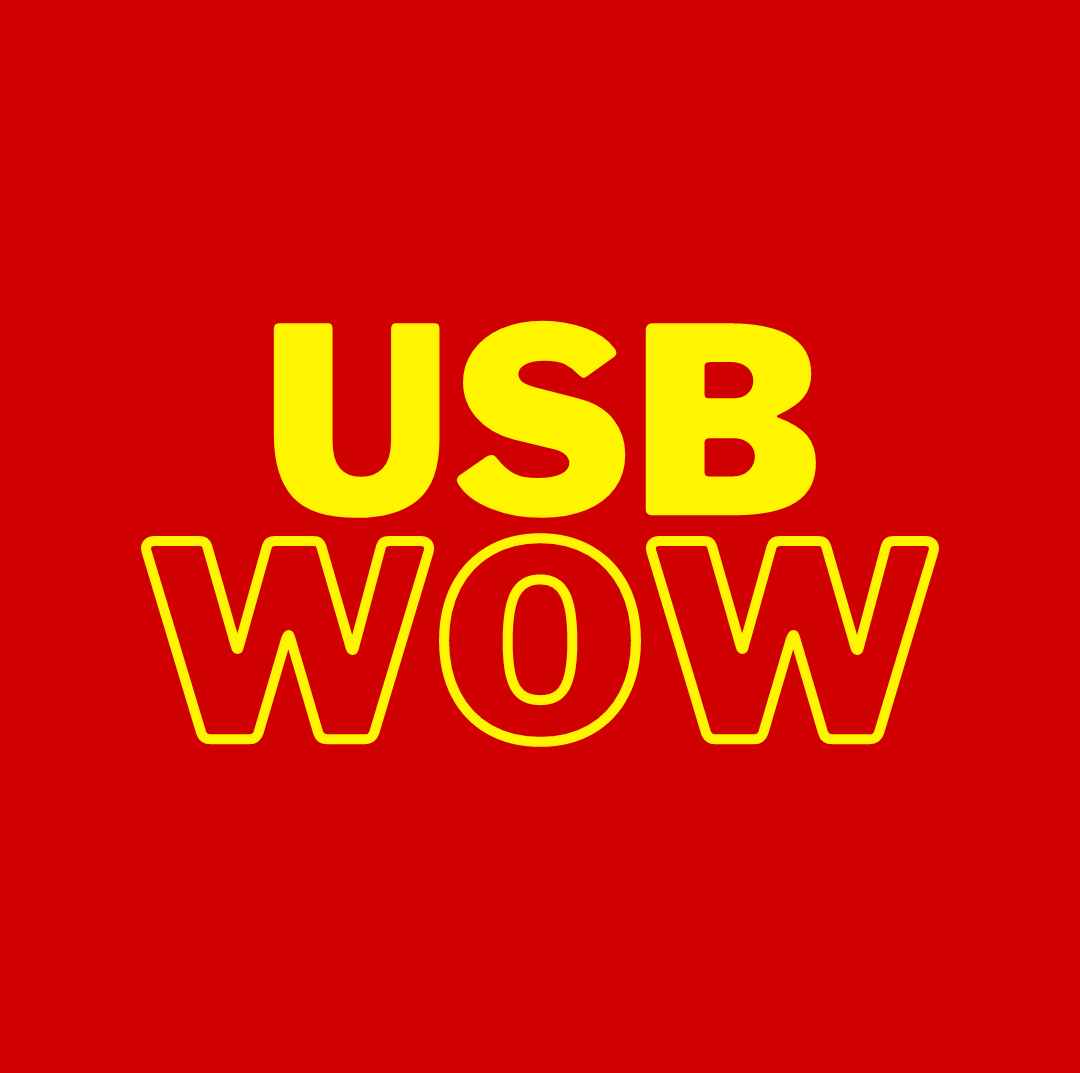So your USB device isn’t being recognized by your computer. This can be frustrating, but don’t worry, there are several steps you can take to resolve the issue. Let’s look at some troubleshooting steps for both Windows 10 and 11 as well as Mac and get your problem solved.
USB not recognised in Windows 10 or 11
Let’s start with Windows 10 and 11. The first step is to check that the USB device is properly plugged into your computer. Sometimes, the connection can become loose or the USB port may be damaged, so it’s important to ensure that the connection is secure.
If you have a different USB port available, try plugging your device into that one to see if it is recognized.
If that doesn’t work, try restarting your computer. Sometimes, a simple reboot can resolve USB recognition issues.
If that doesn’t help, check to see if there are any updates available for your computer. These updates may include fixes for USB recognition issues.
How do I check for updates in Windows 10?
Checking for updates on Windows 10 is a simple process. Here’s how you can do it:
- Click on the Start menu icon in the bottom left corner of your screen.
- Click on the “Settings” icon (it looks like a gear) to open the Settings app.
- In the Settings app, click on “Update & Security.”
- In the left sidebar, click on “Windows Update.”
- Click on the “Check for updates” button.
Windows will now check for any available updates for your system. If there are updates available, you can click on the “Download and Install” button to start the update process. You may need to restart your computer to complete the installation of some updates.
It’s a good idea to check for updates regularly to ensure that your system is up-to-date and secure. Windows 10 also offers the option to automatically download and install updates, which can be enabled in the Windows Update settings.
How do I check for updates in Windows 11?
Checking for updates on Windows 11 is a bit different from Windows 10, but it’s still a simple process. Here’s how you can do it:
- Click on the Start menu icon in the bottom left corner of your screen.
- Click on the “Settings” icon (it looks like a gear) to open the Settings app.
- In the Settings app, click on “Windows Update” in the left sidebar.
- Click on the “Check for updates” button.
Windows will now check for any available updates for your system. If there are updates available, you can click on the “Download and install” button to start the update process. You may need to restart your computer to complete the installation of some updates.
Similar to Windows 10, it’s important to check for updates regularly on Windows 11 to ensure that your system is up-to-date and secure. Windows 11 also offers the option to automatically download and install updates, which can be enabled in the Windows Update settings.
Note that some Windows 11 devices may have different steps to check for updates, depending on the manufacturer and specific model of the device. However, the steps outlined above should work for most Windows 11 systems.
Update your USB driver
If none of these steps work, you can try updating your USB device driver. To do this, go to the Device Manager by right-clicking on the Start button and selecting “Device Manager.”
Look for the USB device in the list, right-click it, and select “Update driver.” You can choose to automatically search for updated drivers, or you can download and install the driver manually from the manufacturer’s website.
USB device not recognised on a Macbook
Moving on to Mac, the first step is to also ensure that your USB device is properly plugged in. If you have a different USB port available, try plugging your device into that one to see if it is recognized. If it still doesn’t work, try restarting your Mac and trying again.
If that doesn’t help, try resetting the SMC (System Management Controller). This can often resolve USB recognition issues on Macs. To reset the SMC, shut down your Mac, unplug it from power, and wait 15 seconds. Plug the power back in and turn on your Mac.
If none of these steps work, you can try resetting the NVRAM (Non-Volatile Random Access Memory). To do this, shut down your Mac and turn it back on, then immediately press and hold the Command + Option + P + R keys until you hear the startup sound twice. This will reset the NVRAM.
Why does resetting the NVRAM help?
Resetting the NVRAM (Non-Volatile Random Access Memory) on a Mac can help resolve various issues, including USB recognition issues.
The NVRAM is a small amount of memory that stores certain settings and preferences, such as your display resolution, startup disk selection, and speaker volume. Resetting the NVRAM essentially clears out this memory and resets it to its default settings.
Here’s why resetting the NVRAM can help with USB recognition issues: Sometimes, the NVRAM can become corrupted or contain incorrect information, which can cause various issues with your Mac, including USB recognition issues.
By resetting the NVRAM, you essentially wipe out any incorrect or corrupted information and set everything back to its default state, which can often resolve the issue.
It’s important to note that resetting the NVRAM is a safe and straightforward process, and it won’t cause any damage to your Mac. However, it’s always a good idea to back up your important data before making any significant changes to your system, just in case something goes wrong.
I hope these troubleshooting steps help resolve your USB recognition issue on either Windows 10, 11 or Mac. If none of these steps work, you may need to check if your device is corrupted by following these steps.
AFFILIATE DISCLAIMER
The USBWOW website is supported by our visitors. Some of the product links on this website are through affiliate schemes such as Amazon. This means that I earn a small commission if you choose to purchase something at no extra cost to yourself.

